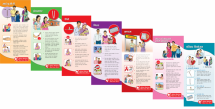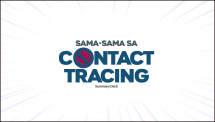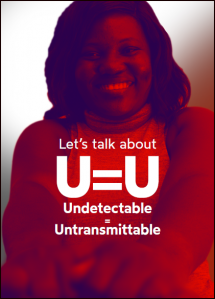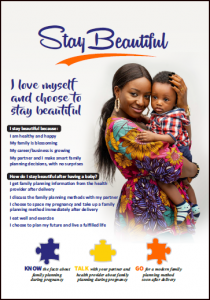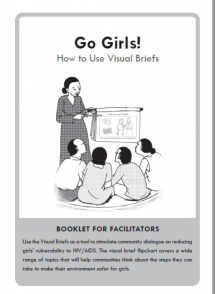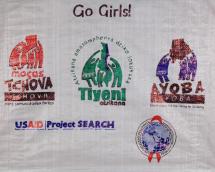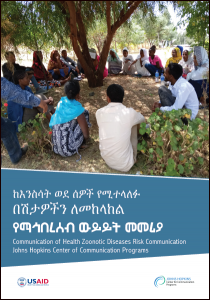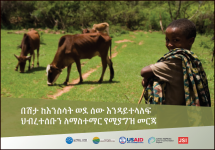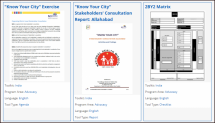Suaahara Nepal Project
Suaahara was an integrated nutrition project (2011-2016) that worked in 41 underserved districts in Nepal to improve the health and well-being of the Nepali people by focusing on the nutritional status of women and children under the age of two years. CCP partnered with Save the Children; Helen Keller International; Jhpiego; Nepali Technical Assistance Group; Nepal Water for Health; and the Nutrition Promotion and Consultancy Service.
Suaahara means good nutrition, or “a good balanced diet is the strong foundation protecting our lives.” As part of the implementing team, CCP supported strategic social and behavior change communication initiatives that build on this message and model behavior change to lead to improved maternal, infant and child nutrition.
In close coordination with Nepal government, the team created Bhanchhin Aama (Mother knows best), which served as the basis for a campaign for mass and community media. Bhanchhin Aama is a trusted, knowledgeable friendly mother-in-law character who models and promotes positive behavior change.
Project products included:
- Suaahara Formative Research Report
- Suaahara Social and Behavior Change Communication Strategy
- Suaahara SBCC Strategy: Earthquake Emergency Initial Recovery Period
- Suaahara Hygiene Posters
- Suaahara Food, Farming, and Feeding Materials
- Suaahara SBCC Materials Case Studies
- Suaahara Family Planning Posters
- Suaahara Final Dissemination Documents
- Key Achievements of Suaahara in Nepal
- Suaahara Technical Briefs
- Suaahara Nepal Press Release
- Suaahara Posters on 7 Key Messages
- Suaahara Home Stead Food Production (HFP) Poultry Flip Chart
- Suaahara Coop Game Cards
- Suaahara Home Stead Food Production (HFP) Brochures/ Posters/Job Aids
- Suaahara Family Planning Posters/Brochures
- Suaahara Radio Spots
- Suaahara Earthquake Health Awareness Poster
- Suaahara Bhanchhin Aama Activities Integration Guide
- Suaahara Jingles
- Suaahara Technical Posters (Fact Sheets)
- Suaahara Homestead Food Production Seasonal Crop Calendars
- Suaahara Water, Sanitation & Hygiene Posters -Version 2
- Suaahara 1000 days Brochure
- Suaahara Training Guidelines and Participant Handbooks
- Key Achievements of Suaahara in Nepal
Source: Johns Hopkins Center for Communication Programs
Date of Publication: June 29, 2021
SIMILIAR RESOURCES
Tools
Examples
- GESI Toolkit
- Suaahara Training Guidelines and Participant Handbooks
- Maternal Newborn Child Health - Nutrition Quality Improvement Tools
- Suaahara Health Facility Operation and Management Committee Capacity Building Training and Operation Guidelines
- Family Planning Counselling Kit
- Coronavirus Disease Overview
- CERC Manual for Emergency Risk Commuication
- The SBCC Emergency Helix
- Communicating Risk in Public Health Emergencies
- Zika Virus Global Emergency Response Plan

